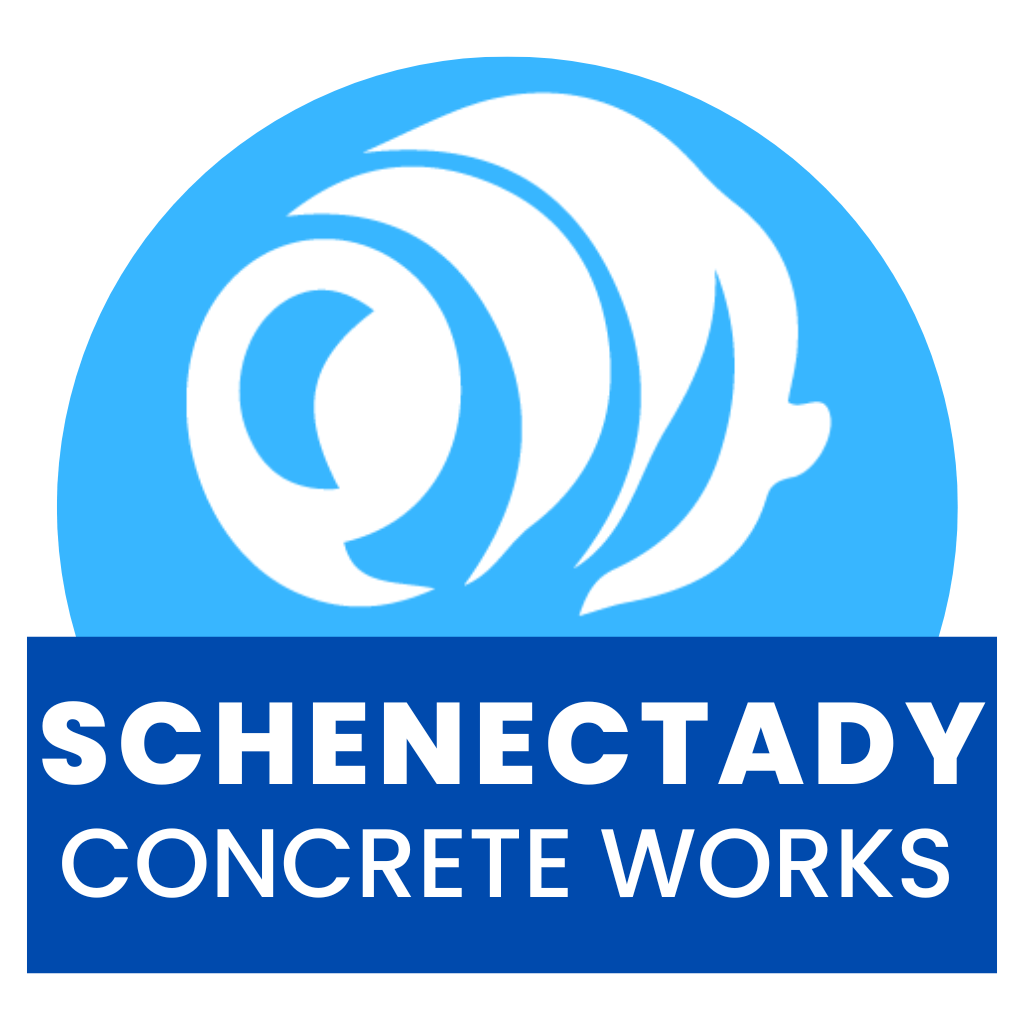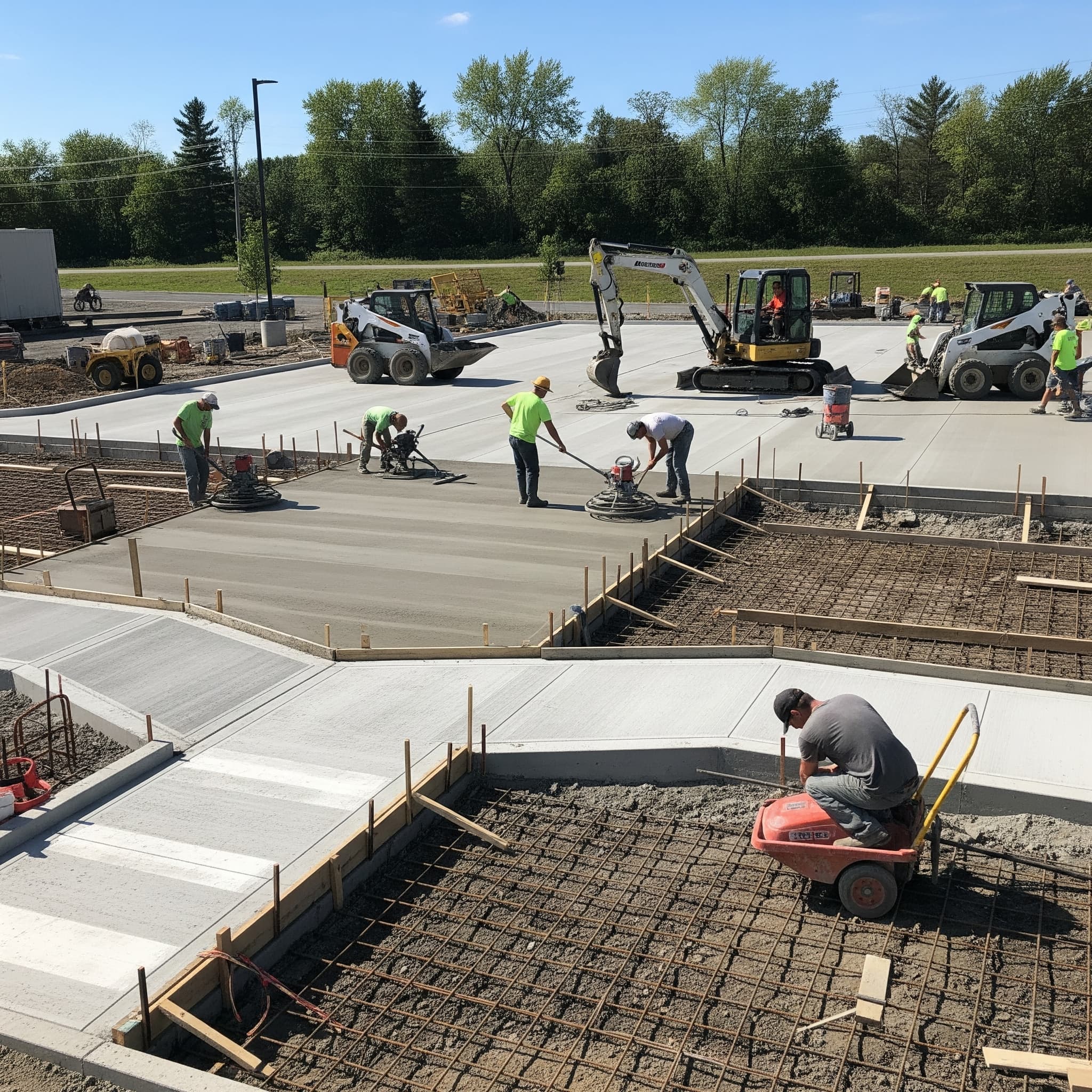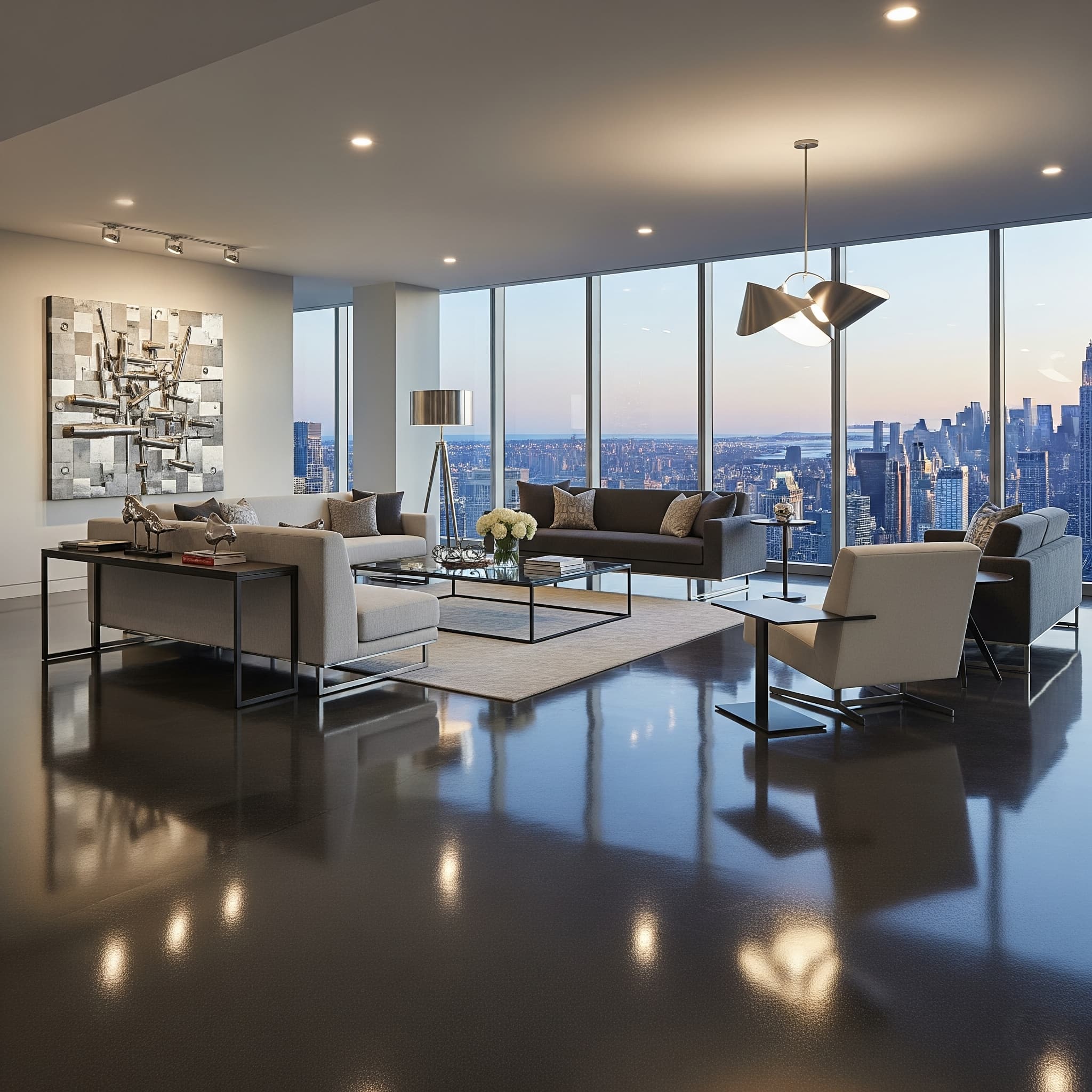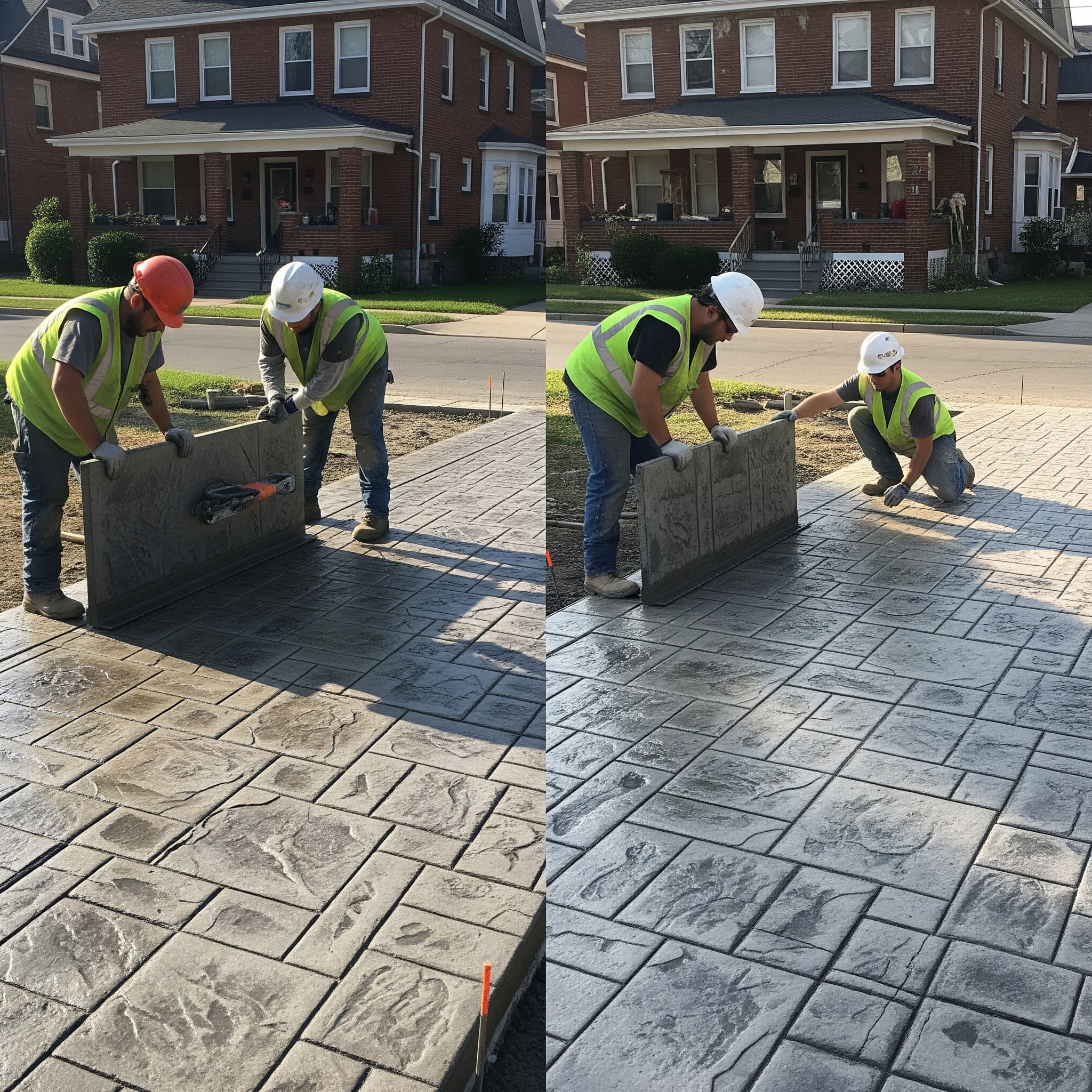
Erosion Control in Schenectady: Retaining Walls vs Natural Slopes
Concrete Retaining Wall Schenectady
Property owners throughout Schenectady face unique erosion challenges due to the area’s varied topography, ranging from gentle slopes near the Mohawk River to steeper terrain in elevated neighborhoods. Understanding the effectiveness of concrete retaining wall solutions versus natural slope management becomes crucial for protecting valuable real estate investments. Both approaches offer distinct advantages depending on site conditions, budget considerations, and long-term maintenance preferences. Climate factors, including freeze-thaw cycles and heavy precipitation events, significantly influence the performance of different erosion control methods. Professional evaluation helps determine the most appropriate solution for specific property conditions and environmental concerns.
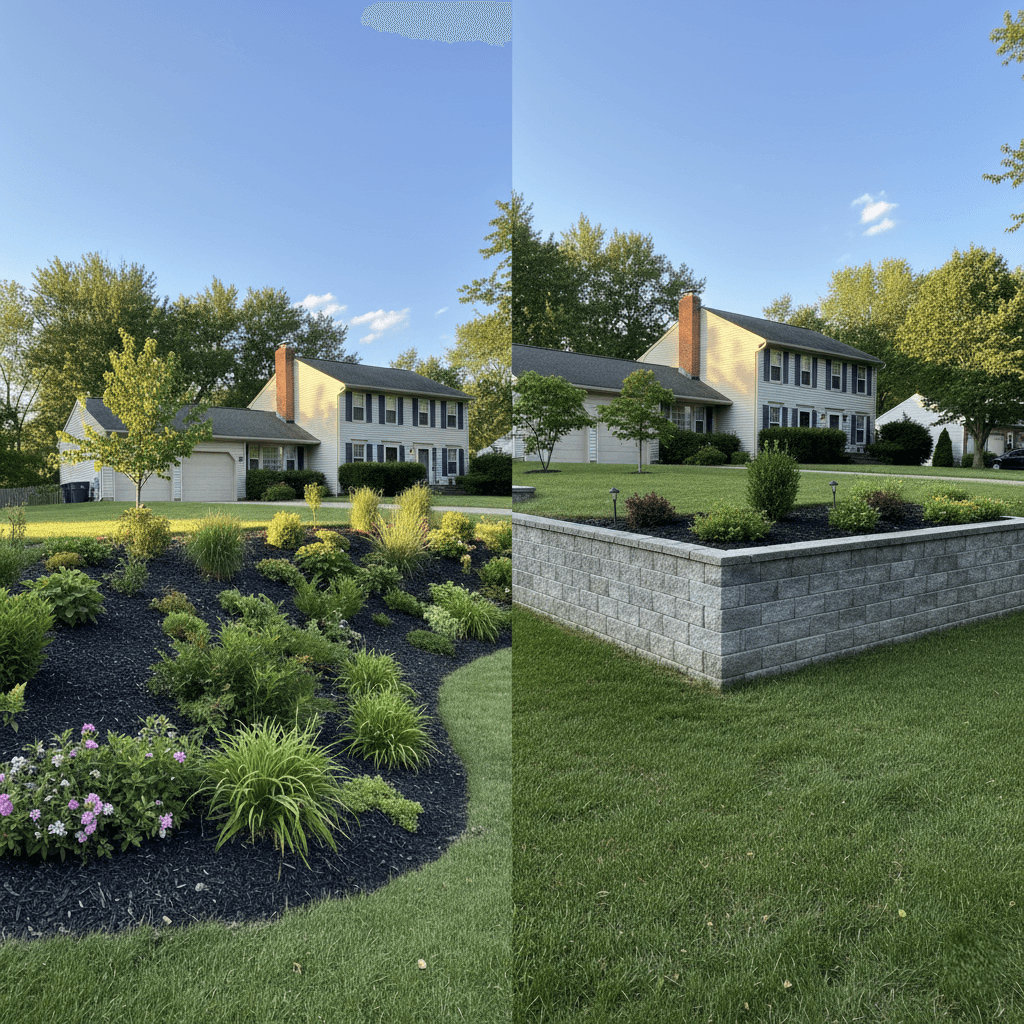
Understanding Schenectady’s Erosion Challenges
Schenectady’s diverse landscape creates varying erosion risks across different neighborhoods and property types. Properties near Central Park’s elevated areas experience different soil conditions and water flow patterns compared to those closer to the Mohawk River’s floodplain. Local soil composition includes everything from well-draining sandy loam to clay-heavy substrates that respond differently to moisture and temperature changes.
The region’s climate contributes significantly to erosion concerns, with annual snowfall averaging 60 inches and frequent freeze-thaw cycles throughout the winter months. Spring snowmelt combined with seasonal rainfall creates intense runoff periods that test slope stability. Understanding these local conditions helps property owners make informed decisions about erosion control strategies that will perform effectively in our specific environment.
Topographic Factors Affecting Property Erosion
Slope steepness directly correlates with erosion potential, with angles exceeding 25% requiring active intervention to prevent soil loss. Properties in areas like Union College’s campus and surrounding neighborhoods often feature varied elevation changes that create complex drainage patterns. Natural water channels can concentrate flow and accelerate erosion if not properly managed through appropriate control measures.
Soil exposure duration affects erosion rates, particularly in areas where vegetation has been removed or damaged. Construction activities, landscaping changes, and storm damage can create vulnerable surfaces that require prompt stabilization. Recognition of these factors allows property owners to implement preventive measures before erosion becomes severe.
Natural Slope Management Approaches
Natural slope stabilization relies primarily on vegetation and organic methods to control erosion while preserving the landscape’s original character. Native plant species like those found throughout the Stockade District provide deep root systems that bind soil particles together effectively. Grasses, shrubs, and trees create living barriers that intercept rainfall and reduce surface water velocity.
Revegetation projects using indigenous species adapt well to local climate conditions and require minimal long-term maintenance once established. Plants like native willows and sedges thrive in Schenectady’s moisture conditions while providing excellent erosion protection. These approaches work particularly well on moderate slopes where natural processes can be enhanced rather than replaced.
Advantages of Natural Erosion Control Methods
Cost-effectiveness represents a primary advantage of natural slope management, with initial installation costs typically lower than structural alternatives. Maintenance requirements decrease over time as vegetation establishes and matures, creating self-sustaining erosion control systems. Environmental benefits include improved wildlife habitat, enhanced biodiversity, and natural water filtration capabilities.
Aesthetic appeal often favors natural approaches, particularly in residential settings where homeowners prefer organic landscapes. Properties throughout the GE Realty Plot and surrounding established neighborhoods benefit from erosion control methods that complement existing mature landscaping. Natural solutions also provide flexibility for future modifications without major reconstruction projects.
Concrete Retaining Wall Solutions
A concrete retaining wall provides immediate, reliable erosion control for challenging slope conditions that exceed natural stabilization capabilities. These engineered structures resist lateral soil pressure while creating level spaces for landscaping, driveways, or outdoor living areas. Modern concrete systems offer various design options that complement both traditional and contemporary property aesthetics.
Reinforced concrete construction ensures long-term durability under Schenectady’s demanding climate conditions. Proper installation includes drainage systems that prevent hydrostatic pressure buildup behind walls, addressing one of the primary causes of retaining wall failure. Professional design accounts for local frost depths, soil characteristics, and anticipated loading conditions.
Engineering Considerations for Concrete Systems
Structural design requirements vary based on wall height, soil conditions, and surcharge loads from structures or vehicles above the retained area. Foundation depth must extend below the frost line to prevent movement during freeze-thaw cycles common in our region. Reinforcement placement and concrete strength specifications ensure walls can withstand both static soil pressure and dynamic loads from weather events.
Drainage design becomes critical for concrete retaining wall performance, with systems including perforated pipes, gravel backfill, and filter fabric to manage water flow. Properties near Proctor’s Theater and downtown areas may face additional considerations regarding stormwater management and municipal drainage connections. Proper waterproofing protects concrete from moisture damage while extending service life.
Comparative Cost Analysis
Initial installation costs for concrete retaining wall projects typically range from two to five times higher than natural slope stabilization methods. However, long-term cost considerations often favor engineered solutions in challenging conditions where natural methods may require frequent replacement or supplementation. Labor, materials, and equipment requirements contribute significantly to upfront expenses for concrete installations.
Natural slope solutions require ongoing maintenance, including replanting, fertilization, and irrigation during establishment periods. Severe weather events or construction damage can necessitate the complete restoration of vegetated slopes. Meanwhile, properly constructed concrete walls require minimal maintenance beyond periodic inspection and minor repairs, providing predictable long-term costs.
Return on Investment Considerations
Property value enhancement varies between natural and engineered erosion control approaches, depending on neighborhood characteristics and buyer preferences. Concrete retaining walls often provide immediate usable space that can accommodate outdoor living features, potentially increasing property appeal and market value. Natural slopes require time to mature, but eventually provide environmental benefits that many buyers find attractive.
Insurance considerations may favor engineered solutions in high-risk areas where erosion could threaten structures or neighboring properties. Documentation of professional design and installation provides coverage advantages compared to informal natural approaches. Properties throughout established neighborhoods like those near Jackson’s Garden often benefit from comprehensive erosion control that protects long-term investments.
Performance in Schenectady’s Climate
Freeze-thaw cycles test both natural and engineered erosion control systems throughout Schenectady’s winter months. Concrete retaining wall designs must account for frost penetration and thermal movement to prevent cracking and structural failure. Proper joint placement and reinforcement details accommodate seasonal temperature variations without compromising wall integrity.
Natural vegetation faces seasonal dormancy periods when erosion protection effectiveness decreases temporarily. Spring conditions often create the highest erosion risk as snowmelt combines with dormant plant coverage and saturated soils. Understanding these seasonal variations helps property owners plan maintenance timing and supplemental protection measures when needed.
Long-term Durability Factors
Concrete structures typically provide 50 to 100 years of service life when properly designed and constructed for local conditions. Material quality, construction methods, and ongoing maintenance significantly influence actual performance periods. Regular inspection and prompt repair of minor issues prevent major structural problems that could require complete replacement.
Natural systems require continuous management to maintain effectiveness, including replanting, pruning, and irrigation adjustment based on seasonal conditions. Mature vegetation systems can provide excellent long-term performance but require active stewardship throughout their lifecycle. Properties in areas like the Municipal Golf Course demonstrate successful long-term natural slope management when properly maintained.
Site-Specific Decision Factors
Slope steepness represents the primary factor determining appropriate erosion control methods, with angles exceeding 50% typically requiring engineered solutions for reliable performance. Soil composition affects both natural plant establishment and concrete foundation requirements. Professional geotechnical evaluation provides essential information for making informed decisions about appropriate control methods.
Space constraints often favor concrete retaining wall solutions in urban settings where maximum land utilization becomes important. Properties throughout downtown Schenectady frequently require engineered solutions to accommodate necessary structures within limited space. Natural approaches require adequate area for root development and may not fit compact urban lots effectively.
Regulatory and Permit Requirements
Building permits are typically required for concrete retaining wall installations exceeding certain height thresholds, with Schenectady’s building department providing specific guidance for local requirements. Natural slope modifications may require environmental permits if they affect wetlands or stream corridors. Understanding applicable regulations helps property owners plan appropriate erosion control approaches within legal requirements.
Professional involvement becomes necessary for permitted work, ensuring compliance with structural standards and safety requirements. Contractors familiar with local conditions and regulations provide valuable guidance throughout the planning and installation process. Properties in historic districts or environmentally sensitive areas may face additional regulatory considerations affecting method selection.
Integrated Erosion Control Strategies
Combining concrete retaining wall structures with natural vegetation often provides optimal erosion control performance while addressing multiple site objectives. Terraced systems using both engineered and natural elements can manage complex slope conditions effectively while maintaining aesthetic appeal. Proper integration requires careful planning to ensure compatibility between different control methods.
Staged implementation allows property owners to address immediate stability concerns with engineered solutions while developing natural systems over time. This approach provides flexibility for budget management and allows evaluation of different techniques based on site performance. Properties with varied slope conditions may benefit from customized combinations of control methods.
Maintenance and Long-term Management
Concrete retaining wall maintenance involves periodic inspection for cracks, joint movement, and drainage system performance. Cleaning debris from drainage outlets prevents water backup that could compromise wall stability. Minor repairs address issues promptly before they develop into major structural problems requiring extensive reconstruction.
Natural slope systems require seasonal maintenance, including vegetation management, replanting damaged areas, and irrigation system adjustment. Fertilization and soil amendment help maintain healthy plant coverage that provides effective erosion protection. Understanding maintenance requirements helps property owners budget for ongoing care throughout system lifecycles.
At Schenectady Concrete Works, we understand the unique erosion challenges facing local property owners and provide expert guidance on when concrete retaining wall solutions offer the best long-term value. Our experience with regional soil conditions, climate factors, and building requirements ensures appropriate system selection and professional installation that provides reliable erosion control for decades to come.
